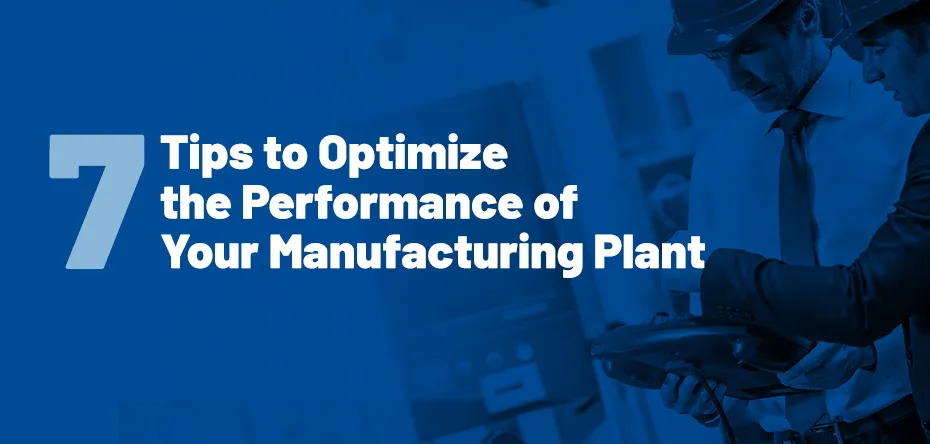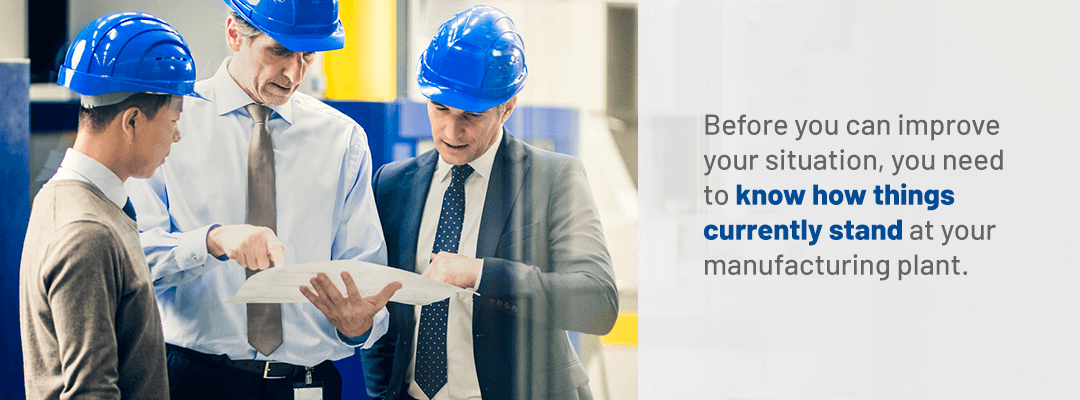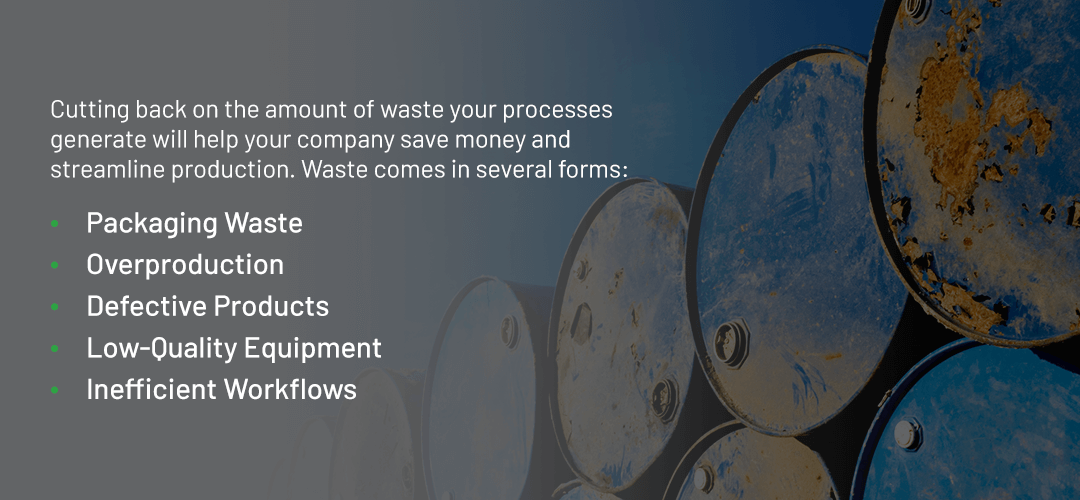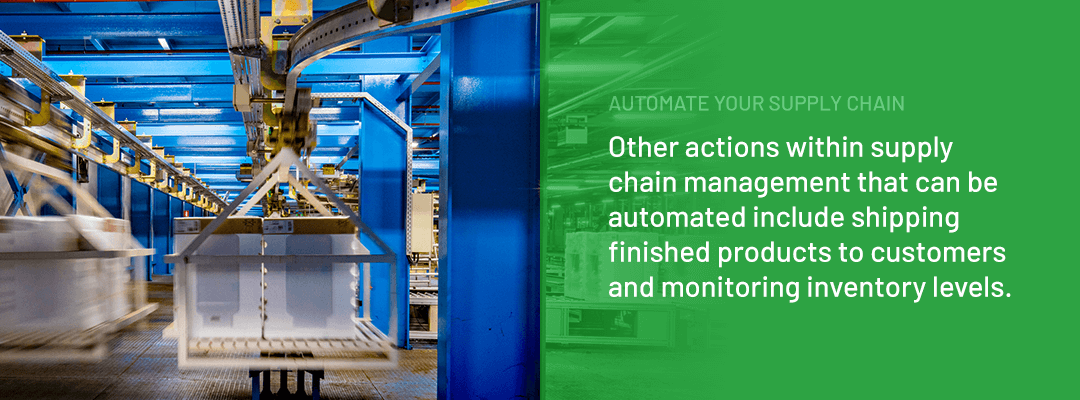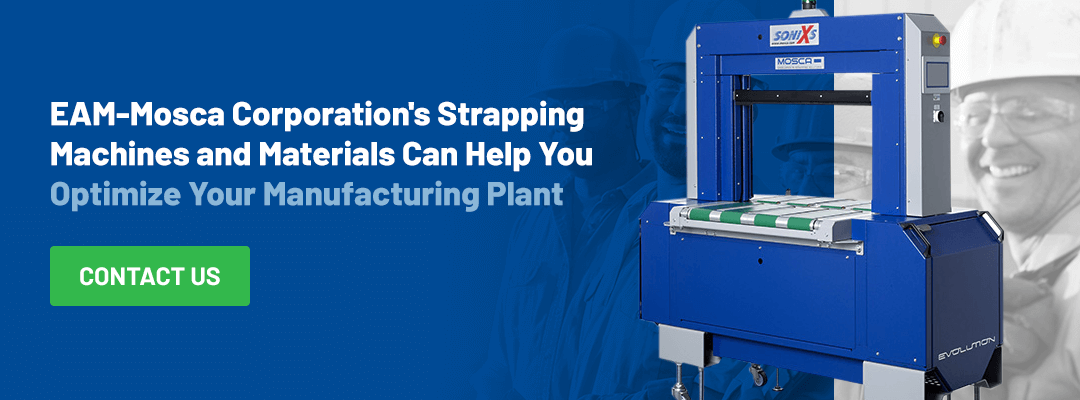7 Tips to Optimize the Performance of Your Manufacturing Plant
Whether you’re in an industry that produces building products, food and beverages, or home and office supplies, it’s essential for your goods to leave the manufacturing plant quickly and arrive safely at their final destination. Optimizing your factory’s performance doesn’t have to mean cutting corners or reducing your products’ quality. Instead, it means knowing there is room for improvement and then finding ways to measure and track each attribute.
Here are some suggestions on what to look for and which steps to take to improve your manufacturing plant’s overall performance.
How to Analyze Your Current Performance Rates
Before you can improve your situation, you need to know how things currently stand at your manufacturing plant. Typically, several areas of productivity are worth benchmarking and analyzing. Once you’ve collected data, you can evaluate what to do to improve or enhance productivity. Some of the metrics to consider include:
Order Cycle time: Cycle time is the time it takes to make a product, starting from the time the order is received until the finished goods leave the plant.
On-time delivery: On-time delivery measures how frequently full product orders arrive on the day promised. The metric is frequently referred to as “on time and full”.
Changeover time: Changeover time is the speed at which a plant can switch from producing one type of product to another.
Return rate: The return rate measures how frequently customers send items back.
Correct product yield: Product yield is the number of products a plant successfully produces.
Throughput: Throughput is the production rate.
Health and safety incidents: You can track health and safety metrics in a few ways, including injuries, environmental events, and issues of non-compliance.
Maintenance needs: Maintenance metrics can include how frequently machines are down for unplanned maintenance and how often machinery is not running versus how much it operates.
Total costs: Knowing your plant’s operating costs and other expenses will help you find ways to reduce them and improve the process.
Once you collect data for various metrics, you can create goals and begin working toward improvement. The following tips can help you along the way.
1. Ensure the Happiness of Your Employees
As numerous studies conclude, employee happiness contributes positively to employee productivity. One study found that workers were 12% more productive when happy. Another found that happy employees in a sales center enjoyed more sales than their less-happy co-workers. Companies can do multiple things to boost their team members’ happiness levels and encourage higher productivity.
Creating a supportive environment is a good option. In a supportive work environment, employees are encouraged to share their concerns with their managers. Workers are also recognized and rewarded for their accomplishments on the job. For example, an employee who goes above and beyond or plays a critical role in helping a plant exceed its production goals during a time period would be publicly commended.
Another way to make employees happier on the job is to provide them with opportunities for growth and development. Clearly defining a growth path for team members and giving them the tools and opportunities needed to move along that path will make them more loyal to your company. It will also encourage them to give their all when they come into work each day.
2. Maintain Equipment
Maintaining your manufacturing plant’s equipment is crucial for ensuring production schedules. Equipment that functions as it should is less likely to produce faulty products or cause damage to product. If you haven’t already, create a maintenance schedule for your plant’s machines. Make a list of each machine in use. Then, determine when it should be tuned up or inspected.
For example, some machines might require an annual maintenance inspection, while others that see heavy use might need scheduled maintenance more frequently. Create a schedule that allows for staggered maintenance. If you have multiples of the same machine type, all of them shouldn’t be down for scheduled maintenance on the same day.
Choosing the right equipment from the start will also help you optimize performance, as high-quality machines are less likely to break down. For example, EAM-Mosca Corporation’s strapping machines are built to be reliable and designed to reduce production slowdowns and rework. They feature components that let you program everything from strap positioning to cycle start to improve your line’s productivity. Mosca strapping systems have been proven to ensure enhanced reliability and performance.
Properly training employees to use the equipment at your plant is also crucial for its ongoing maintenance. Line equipment that is mishandled or improperly used is much more likely to break down than machines that are well cared for and maintained appropriately.
If you end up adopting a maintenance schedule and developing plans to better care for your plant’s equipment, pay attention to the ratio between planned maintenance and emergency or unplanned maintenance events. You should notice that the portion of unforeseen maintenance incidents decreases as planned maintenance improves. Additionally, consider tracking how often a piece of equipment is down in contrast to its operating time. Even with regular maintenance, a machine that is down more often than not might be better off replaced.
3. Engage in Process Optimizing
You can take several steps to optimize production at your plant or assemble more products while spending less money. One option is to take a close look at how items are produced or what the floor’s production schedule looks like. You could save time and money by reversing a particularly time-consuming process.
For example, say it takes 10 hours to produce a batch of Product A and eight hours to create a batch of Product B. Rather than directly alternating between the multiple product specifications per day, you’ll likely find you can produce more if you focus on manufacturing just one type each day.
When figuring out how to optimize a process, pay close attention to the issues you regularly encounter. Some questions to ask include:
- How long does the process take?
- How much waste does it produce?
- Does the process slow down or stall out at any particular point?
- Can you get the supplies you need from a different supplier, or is there a way to shorten the supply chain or make it more reliable?
4. Reduce Waste
Cutting back on the amount of waste your processes generate will help your company save money and streamline production. Waste comes in several forms:
Packaging Waste
Rethink the type of packaging materials you use to pack your products and how much packaging you use. With some adjustments, you might find that you can use less materials to send products out from your plant without increasing the risk of product damage in transit. To minimize the amount of waste your plant adds to landfills, consider the type of packaging used.
Pick recyclable materials that can be recycled by the end-user. It can also be worthwhile to include a message on each product, encouraging the end user to reuse or recycle the packaging.
Overproduction
Overproduction is a significant source of waste, as your plant ends up making more than it can sell. When you overproduce items, you lose valuable money and time. The time spent making these products could have been better spent on producing in-demand items.
Defective Products
Poor workmanship and faulty or poorly maintained equipment can mean defective products end up going out to customers. Those products often return to the plant and need to be discarded or reworked. Getting the product right the first time will save your company and customers money and improve production efficiency.
Low-Quality Equipment
Low-quality equipment leads to waste in a couple of ways. If the machinery doesn’t function properly, it can affect your product quality. Low-quality machinery is also more likely to break down more often, leading to unplanned downtime, repair costs, and production delays. High-quality equipment from a reliable machinery supplier can significantly improve your daily operations by boosting your workflow.
Inefficient Workflows
Your plant’s layout can also play a role in improving or diminishing its efficiency. If employees need to run from one side of the factory floor to the other to accomplish a single task, the entire process will slow down. The production order and the rate of how frequently you change from making one product to the next can also impact your plant’s workflow.
Improving efficiency can involve rearranging the plant or adjusting the production schedule. Even small changes, such as reducing the time of one frequently repeated task, can equate to meaningful savings over a day, week, month, or quarter.
5. Invest in the Proper Equipment
The right manufacturing plant accessories and equipment can make a significant difference regarding your plant’s overall performance. It pays to purchase the proper equipment the first time around, and there are many reasons why.
When you invest in the right machines for the tasks at hand, you keep your employees safe as long as they use the equipment for its intended purpose. Along with purchasing the appropriate machines, you should ensure everyone who uses them understands how they work and the correct operating procedures.
Another way that the proper equipment can optimize your plant’s performance is by minimizing the risk of damage or product tampering. For example, using a strapping machine that correctly applies a strap while using the strap best suited for a particular product can reduce the risk of strap failure and item damage.
Using a reliable strapping machine also decreases the need for rework, which helps operations move along more efficiently. As an added benefit, EAM-Mosca’s strapping machines also feature SoniXs® ultrasonic sealing technology, which consistently creates a highly secure, tamper-evident seal.
6. Automate Your Supply Chain
When your business runs efficiently, you can focus more time attending to other pressing matters, such as finding ways to expand into new markets. One way to ensure your company runs well is to automate as many aspects as possible, including your supply chain.
You can set up recurring orders of consumable products like strapping and parts needed to manufacture your company’s products. Doing so eliminates the need for an employee to take time from their schedule to count inventory and place the orders manually. Once inventory levels hit a specific number, an order can be automatically placed.
Other actions within supply chain management that can be automated include shipping finished products to customers and monitoring inventory levels. The consignment of consumable products like strapping makes sense for many manufacturing operations, especially those in more remote locations with a variety of complex supply chain needs.
7. Remain Organized
A clean and orderly manufacturing plant will likely be more efficient and productive than a disorganized one. Every item at your plant should have a designated spot. Every worker should know where to look when they need a particular object, such as a pair of safety goggles or a document.
How your plant’s items are arranged also affects its performance. For example, the strapping machine area should be close to the location where packages are prepped for shipping, as those two steps are usually the last stage of the process. The plant’s arrangement should also allow for ease of movement, minimizing the likelihood of collisions or accidents. If heavy machinery such as forklifts are in use on the factory floor, they should have plenty of space to travel.
This level of the organization should also extend to your plant’s processes and documentation. Having signs around the factory floor reminding employees of the proper equipment operating procedures will help reduce improper use. Posting documents such as accident report forms in clearly labeled areas will streamline the process of reporting issues, which allows the plant get back up and running again more quickly.
EAM-Mosca Corporation’s Strapping Machines and Materials Can Help You Optimize Your Manufacturing Plant
If you want to get the optimum performance and quality out of your end of line packaging systems, EAM-Mosca Corporation can help.
EAM-Mosca Corporation’s strapping machines are available for a wide variety of applications and can help optimize your manufacturing plant. In addition, the company offers high-quality strapping materials made from polypropylene (PP) and polyester (PET) that can improve the reliability of your machine and reduce the likelihood of breakage and damage to your products.
If you’re ready to improve the productivity of your manufacturing facility’s end of line packaging system, get in contact with EAM-Mosca Corporation today.


